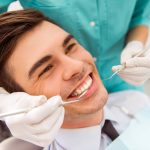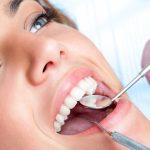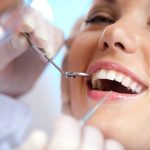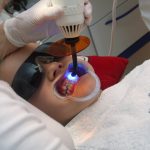When to Eat Bread After Wisdom Teeth Removal: A Comprehensive Guide
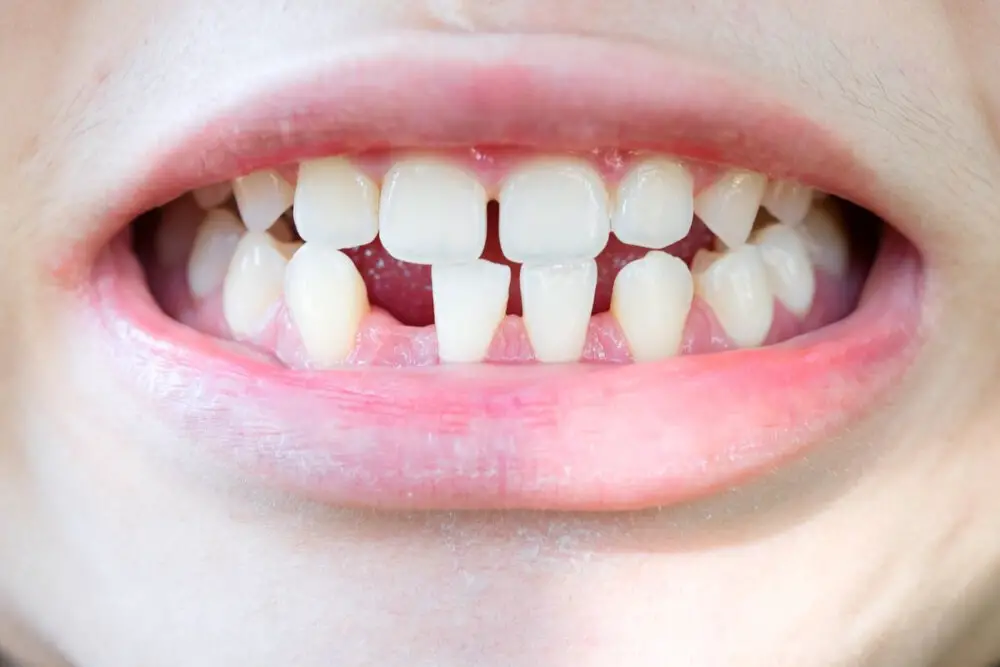
Wisdom teeth removal is a common oral surgery that is performed when the wisdom teeth, also known as third molars, cause pain or other complications. After the surgery, it is important to follow proper postoperative care to ensure a smooth recovery. One of the most common questions that patients have after wisdom teeth removal is when they can start eating bread again. Bread is a staple food in many diets and it is important to know when it is safe to consume after surgery. In this comprehensive guide, we will explore when to eat bread after wisdom teeth removal and provide tips for a successful recovery. The timing of when to eat bread after wisdom teeth removal can depend on a number of factors, such as the extent of the surgery, the individual’s healing process, and the type of bread being consumed. Eating bread too soon after surgery can cause pain, bleeding, and may even damage the surgical site. On the other hand, waiting too long to eat bread can also prolong the recovery process. This guide will provide a detailed timeline for when it is safe to eat bread after wisdom teeth removal, as well as tips for choosing the right type of bread and preparing it for consumption. By following these guidelines, patients can ensure a successful recovery and get back to enjoying their favorite foods, including bread, as soon as possible.
Wisdom teeth, also known as third molars, are the last set of teeth to emerge in the back of the mouth. For some individuals, these teeth do not have enough space to grow properly and lead to various dental problems such as infection, pain, and damage to surrounding teeth. In such cases, the dentist or oral surgeon may recommend wisdom teeth removal. This procedure involves the use of local anesthesia or sedation to numb the area around the tooth and then extract it through a small incision in the gum. After the surgery, it is essential to follow proper aftercare instructions, including eating soft foods, avoiding hard and crunchy foods, and maintaining proper oral hygiene to promote healing and prevent complications.
Proper diet after surgery is crucial for a speedy recovery and to reduce the risk of complications. Eating a nutritious and balanced diet can help to boost the immune system, promote healing, and reduce inflammation. After wisdom teeth removal, it is recommended to avoid hard, crunchy, and spicy foods for the first few days to prevent irritation and infection in the surgical area. Instead, opt for soft, easy-to-chew foods that are rich in vitamins and minerals such as soups, broths, smoothies, and mashed potatoes. Adequate hydration is also essential to prevent dry mouth and promote healing. It is important to consult with a healthcare professional for personalized dietary recommendations based on a patient’s individual needs and medical history.
Understanding the Healing Process

Understanding the healing process is a crucial step to take after undergoing any surgical procedure, including wisdom teeth removal. It is important to have a clear understanding of the healing process, as it can help you to take the necessary measures to promote healing, reduce pain, and prevent complications. After wisdom teeth removal, the healing process usually takes several days to a few weeks, depending on the individual’s immune system and the extent of the surgery. Typically, the first few days after surgery are the most uncomfortable, with swelling, pain, and bleeding being common symptoms. During this time, it is essential to follow your dentist or surgeon’s instructions, which may include taking painkillers, applying ice packs, and avoiding certain foods. In addition to following your dentist or surgeon’s instructions, there are several things you can do to promote healing after wisdom teeth removal. These include eating soft, nutrient-rich foods like soups and smoothies, staying hydrated, avoiding smoking or using tobacco products, and getting plenty of rest. It is also essential to practice good oral hygiene, such as gently brushing your teeth and rinsing your mouth with warm salt water, to prevent infection and promote healing. With patience, care, and proper aftercare, you can ensure a smooth and successful healing process after wisdom teeth removal.
After a wisdom tooth extraction, the recovery process is divided into several stages. The first stage occurs immediately after the procedure and lasts for about one to two hours. During this stage, the patient should bite down on gauze to control the bleeding and allow the socket to form a blood clot. The second stage lasts from day two to three and is characterized by swelling and discomfort. The patient should take pain medication and apply ice packs to reduce swelling. The third stage lasts from day three to seven and is marked by the gradual decrease in swelling and pain. The patient should start incorporating soft foods into their diet and avoid any hard, crunchy, or spicy foods. The final stage lasts from day seven to ten and involves the gradual healing of the socket. The patient should continue to rinse their mouth with saltwater and avoid smoking or using a straw, which can dislodge the blood clot and delay healing.
After surgery, the body goes through a complex process of healing. Immediately after the procedure, blood vessels constrict to reduce bleeding, and the body begins to form a clot at the site of the incision. Over the next few days, white blood cells move in to fight off any infection, and new blood vessels start to grow to supply the area with nutrients and oxygen. As the wound heals, collagen fibers form to strengthen the tissue and scar tissue develops over the incision. It is important to follow the post-operative instructions provided by the surgeon to ensure proper healing and prevent complications such as infection or delayed healing. A healthy diet and proper rest can also aid in the body’s healing process after surgery.
Ideal Foods to Eat After Wisdom Teeth Extraction
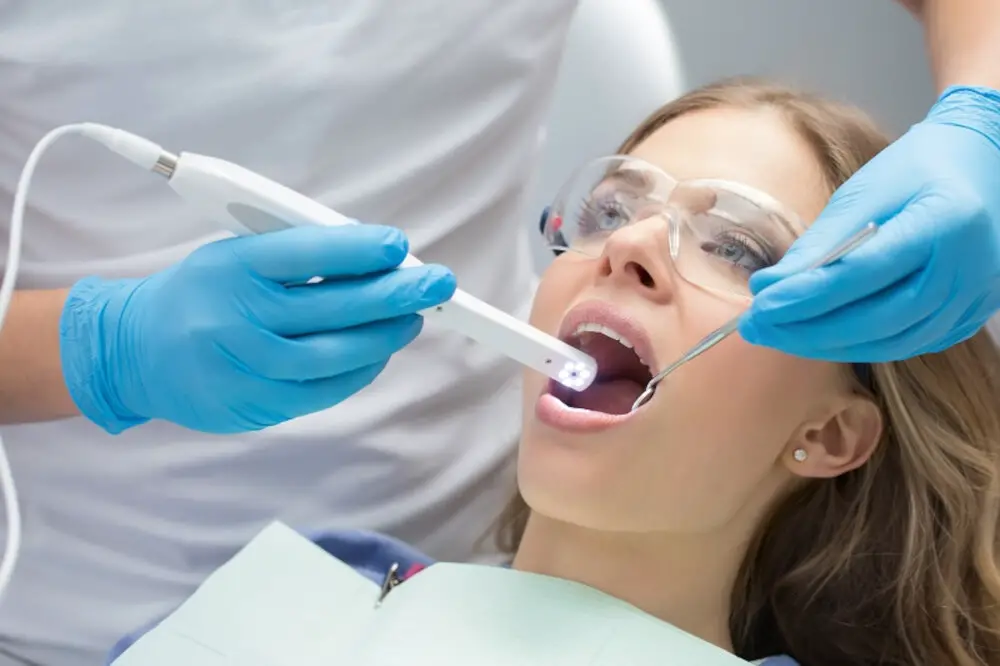
After wisdom teeth extraction, it is crucial to follow a soft food diet for several days. This is because your mouth will be sensitive and tender, and you will not be able to chew properly. However, it is essential to choose the right foods to ensure that you are getting the necessary nutrients for healing. Ideal foods to eat after wisdom teeth extraction include mashed potatoes, soups, smoothies, and yogurt. Mashed potatoes are an excellent source of carbohydrates, which can help provide energy and promote healing. Soups are easy to swallow and can be a great source of protein and vegetables. Smoothies are another excellent option as they are easy to consume and can provide a wide range of nutrients. Yogurt, on the other hand, is an excellent source of probiotics, which can help promote healing and prevent infection. It is also important to avoid foods that can irritate or damage the extraction site. This includes crunchy or hard foods, such as chips, nuts, and popcorn. Additionally, acidic or spicy foods, such as citrus fruits or hot sauce, should be avoided as they can cause discomfort and delay healing. It is also important to avoid using straws, as the sucking motion can dislodge the blood clot and delay healing. By following a soft food diet and avoiding foods that can irritate the extraction site, you can promote healing and reduce the risk of complications.
After having a wisdom teeth removal, one of the biggest challenges is to find foods that are easy to eat and won’t cause pain or discomfort. Soft foods are an excellent option as they require little to no chewing and are easy to swallow. Some examples of soft foods that are easy to eat include mashed potatoes, yogurt, oatmeal, scrambled eggs, soup, smoothies, and pureed fruits and vegetables. It’s important to avoid foods that are tough, crunchy, or hard to chew as they can irritate the surgical site and delay the healing process. By choosing soft foods that are easy to eat, you can ensure that you’re getting the necessary nutrition while allowing your mouth to heal properly.
After wisdom teeth removal surgery, it’s important to consume foods that provide necessary nutrients for healing. These foods should be soft and easy to chew in order to avoid irritating the surgical site. Some examples of nutrient-rich foods include yogurt, which is high in calcium and protein, and can help reduce inflammation. Soups and broths are also great options, as they provide hydration and can be easily customized with nutrient-dense vegetables and proteins. Avocado is an excellent source of healthy fats, vitamins, and minerals that can help support the healing process. Additionally, incorporating foods rich in vitamin C, such as oranges and strawberries, can help boost the immune system and promote tissue repair.
After having your wisdom teeth extracted, it is essential to avoid certain foods to ensure a smooth and comfortable recovery. Foods that are hard, crunchy, or sticky can cause pain, bleeding, or even damage to the surgical site. Therefore, it is recommended to steer clear of foods such as nuts, seeds, popcorn, chips, and candy. Additionally, spicy or acidic foods like tomato sauce or citrus fruits can irritate the wound and prolong the healing process. It is crucial to follow the post-operative instructions provided by your dentist or oral surgeon to ensure a speedy and successful recovery after wisdom teeth extraction.
Bread and Wisdom Teeth Removal

After wisdom teeth removal, patients must be cautious about their food intake, particularly when it comes to bread. The reason for this is that bread can be a bit difficult to chew and may get stuck in the extraction site, causing irritation and infection. However, this doesn’t mean that patients have to avoid bread altogether. They can still enjoy soft bread that’s easy to chew and swallow, such as white bread or toast. It’s recommended that patients wait at least a week after the procedure before consuming any bread or other solid foods, but this timeline may vary depending on the individual case. Patients should always consult with their dentist or oral surgeon before resuming their normal diet. It’s also important to note that patients should avoid bread with seeds or nuts, as these can easily get stuck in the extraction site and cause further complications. Patients should also avoid bread that’s too hard or crusty, as it can be difficult to chew and may cause discomfort. Instead, opt for soft bread that’s easy to chew and swallow, such as sliced bread or muffins. Patients should also be sure to avoid bread that’s too hot or too cold, as extreme temperatures can cause discomfort and delay the healing process. By following these guidelines and consulting with their oral surgeon, patients can safely enjoy bread after wisdom teeth removal without risking further complications.
Introducing bread into your diet after wisdom teeth removal requires careful consideration. While bread is a staple food that provides essential nutrients, introducing it too soon can cause discomfort and delay the healing process. It is essential to wait until the extraction site has fully healed before introducing bread into your diet. This usually takes around two weeks, but it can vary depending on the individual’s healing process. When reintroducing bread, it is best to start with soft bread, such as white bread or sourdough, and avoid hard, crusty bread that can be challenging to chew. Gradually increase the texture of bread as the healing process progresses to prevent any discomfort or complications. It is also crucial to maintain good oral hygiene and follow your dentist’s post-operative instructions to ensure a speedy and successful recovery.
When it comes to consuming bread after wisdom teeth removal, it’s important to choose the right type of bread to avoid any discomfort or complications. The best types of bread to eat are those that are soft and easy to chew, such as sourdough, white, or wheat bread. Avoid bread that is hard or crusty, as it can irritate the surgical site and cause pain or bleeding. Additionally, bread with nuts, seeds, or grains should also be avoided as they can get stuck in the extraction site, leading to infection or prolonged healing time. Overall, opting for soft and simple bread can aid in a smooth and comfortable recovery from wisdom teeth removal.
After wisdom teeth removal, consuming bread can be a challenge due to the pain and discomfort experienced in the mouth. To make it easier to consume bread, it is important to choose the right type of bread. Soft and moist bread such as white bread or sourdough bread can be a good option. One can also try toasting the bread as it can make it easier to chew and swallow. Additionally, spreading some butter or a soft cheese on the bread can help to moisten it, making it easier to consume. It is also advisable to avoid hard or crusty bread as it can cause further discomfort and pain. By taking these simple steps, one can make consuming bread after wisdom teeth removal a more comfortable experience.
Tips for Eating Bread After Wisdom Teeth Removal
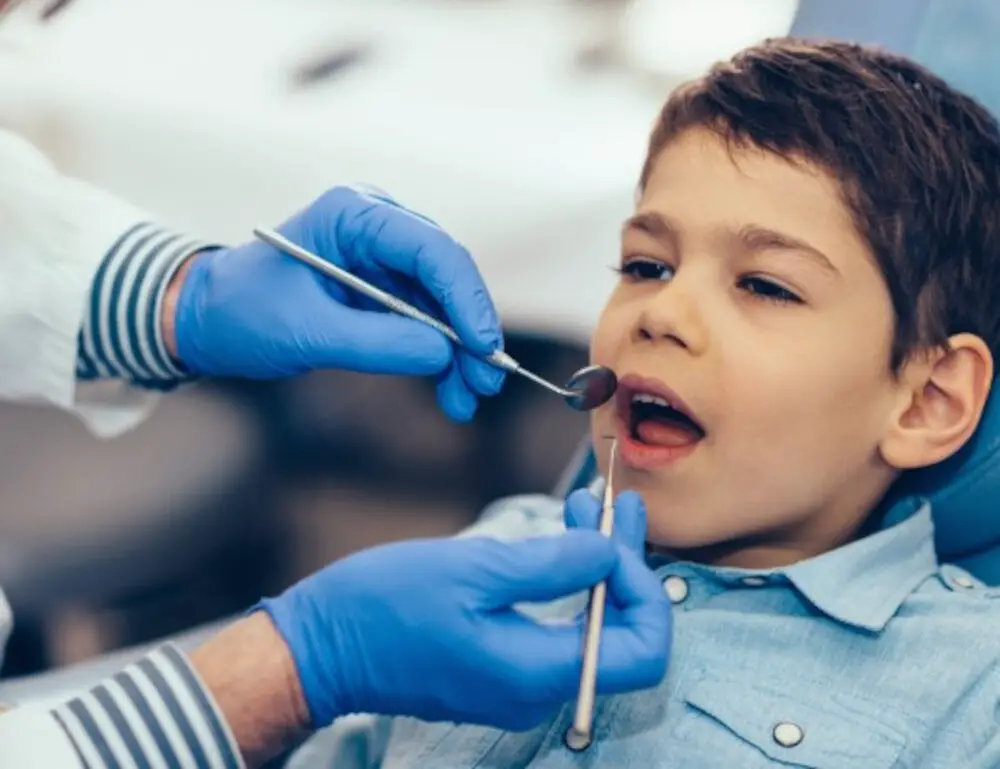
After wisdom teeth removal, eating bread can be a challenging task as biting and chewing may cause discomfort and pain. However, bread is an essential source of carbohydrates, fiber, and nutrients that are required for the healing process. Therefore, it is important to eat bread but in a careful manner. Here are some tips for eating bread after wisdom teeth removal:Firstly, choose the right type of bread. Soft bread that does not require much chewing is the best option. Sourdough bread, white bread, and brioche are some of the softest bread options that can be easily consumed without causing any pain. Toasting the bread can also make it easier to chew. Secondly, cut the bread into small pieces and take small bites. This will help in minimizing the pressure on the teeth and gums, and reduce the risk of any complications. Additionally, it is recommended to avoid crusty bread and bread with seeds or nuts, as these can get stuck in the extraction site and cause irritation. In conclusion, eating bread after wisdom teeth removal should be done with caution. Choosing the right type of bread and cutting it into small pieces can make the process easier and less painful. It is also recommended to avoid hard and crusty bread, as well as bread with seeds or nuts. By following these tips, you can ensure that you get the necessary nutrients from bread without compromising your recovery process.
After wisdom teeth removal, it is essential to adopt proper chewing techniques to avoid pain and discomfort. First and foremost, it is recommended to chew with your front teeth and avoid using your molars, especially during the first week after surgery. This will minimize pressure on the surgical site and prevent any damage to the blood clot. Additionally, try to take small bites and chew slowly, as this will reduce the strain on your jaw muscles and ease the chewing process. It is also advisable to avoid hard, crunchy, and sticky foods that can irritate the surgical site and cause pain. By following these simple chewing techniques, you can ensure a smooth and painless recovery after wisdom teeth removal.
After consuming bread, it’s crucial to clean your mouth properly to avoid any complications, especially after wisdom teeth removal. The first step is to rinse your mouth with warm salt water, which will help to reduce swelling, prevent infection, and promote healing. After that, use a soft-bristled toothbrush to gently brush your teeth, gums, and tongue, but make sure to avoid the surgical areas. If you experience any discomfort or bleeding, stop immediately and consult your dentist. Flossing is also essential to remove any food debris that may have gotten stuck between your teeth. Lastly, use an alcohol-free mouthwash to rinse your mouth, which will help kill bacteria and freshen your breath. By following these simple steps, you can ensure that your mouth stays clean and healthy after eating bread.
Managing discomfort or pain after wisdom teeth removal is crucial to ensure a speedy recovery. One effective way to manage pain is to take painkillers as prescribed by your dentist. Additionally, you can use ice packs to reduce swelling and inflammation around the affected area. It is essential to avoid hot or cold drinks, smoking, and alcohol, which can exacerbate pain and discomfort. Rinsing with salt water can also help soothe the affected area and promote healing. Finally, it is crucial to rest and avoid strenuous activity to allow your body to heal and recover properly. By following these tips, you can manage discomfort and pain effectively and recover quickly after wisdom teeth removal.
In summary, after wisdom teeth removal, it is important to wait at least 24 hours before consuming any solid foods, including bread. Once the initial 24-hour period has passed, it is recommended to start with soft, easy-to-chew foods like mashed potatoes or soup, gradually working up to more solid foods over the next few days. When introducing bread into the diet, it is best to opt for soft, white bread or toast that has been soaked in liquid to make it easier to chew and swallow. Additionally, it is important to avoid any crusty or hard bread that may damage the healing surgical site. Following these guidelines can help ensure a smooth and speedy recovery after wisdom teeth removal.
Maintaining a proper diet after surgery is crucial for a speedy recovery. The body requires a balanced and nutritious diet to help heal the surgical site, reduce inflammation and minimize the risk of infection. After wisdom teeth removal, it is recommended to consume soft, easy-to-chew foods that are high in protein, vitamins, and minerals. These foods include soups, smoothies, yogurt, scrambled eggs, and mashed potatoes. It is also essential to avoid crunchy, chewy, and hard foods that may cause discomfort or damage to the surgical site. Adequate hydration is also crucial to maintain the body’s fluid balance and aid in the healing process. Following a proper diet post-surgery can make a significant difference in the recovery process, and it is essential to follow the advice of your dentist or surgeon to ensure a safe and speedy recovery.
If you’re wondering when to eat bread after wisdom teeth removal, it’s important to remember that every patient’s recovery process is unique. While some individuals may feel comfortable eating bread a few days after the procedure, others may need to wait longer before reintroducing solid foods into their diet. To ensure that you’re following the appropriate post-operative guidelines for your specific case, it’s always best to consult with your dentist or surgeon. They can provide personalized advice based on your individual needs and help you navigate the recovery process with confidence. Don’t hesitate to reach out to your healthcare provider if you have any questions or concerns about your post-operative care.
Conclusion
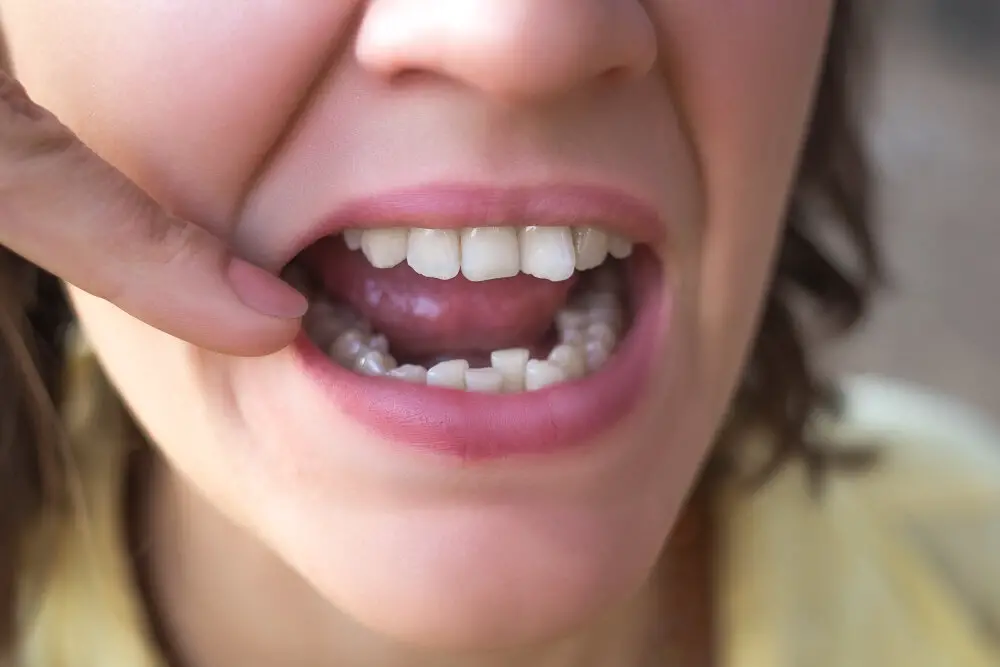
In conclusion, eating bread after wisdom teeth removal requires careful consideration of various factors for an optimal recovery. While it is possible to eat bread soon after the surgery, it is advisable to wait for at least two to three days to avoid complications such as bleeding, pain, and infection. Additionally, choosing the right type of bread, such as soft and moist bread, can aid in the healing process and reduce discomfort. Proper oral hygiene and following the instructions of the dentist or oral surgeon can also play a crucial role in a smooth post-operative experience. Remember to prioritize your health and recovery above all else, and consult with your healthcare provider if you have any concerns or questions.

